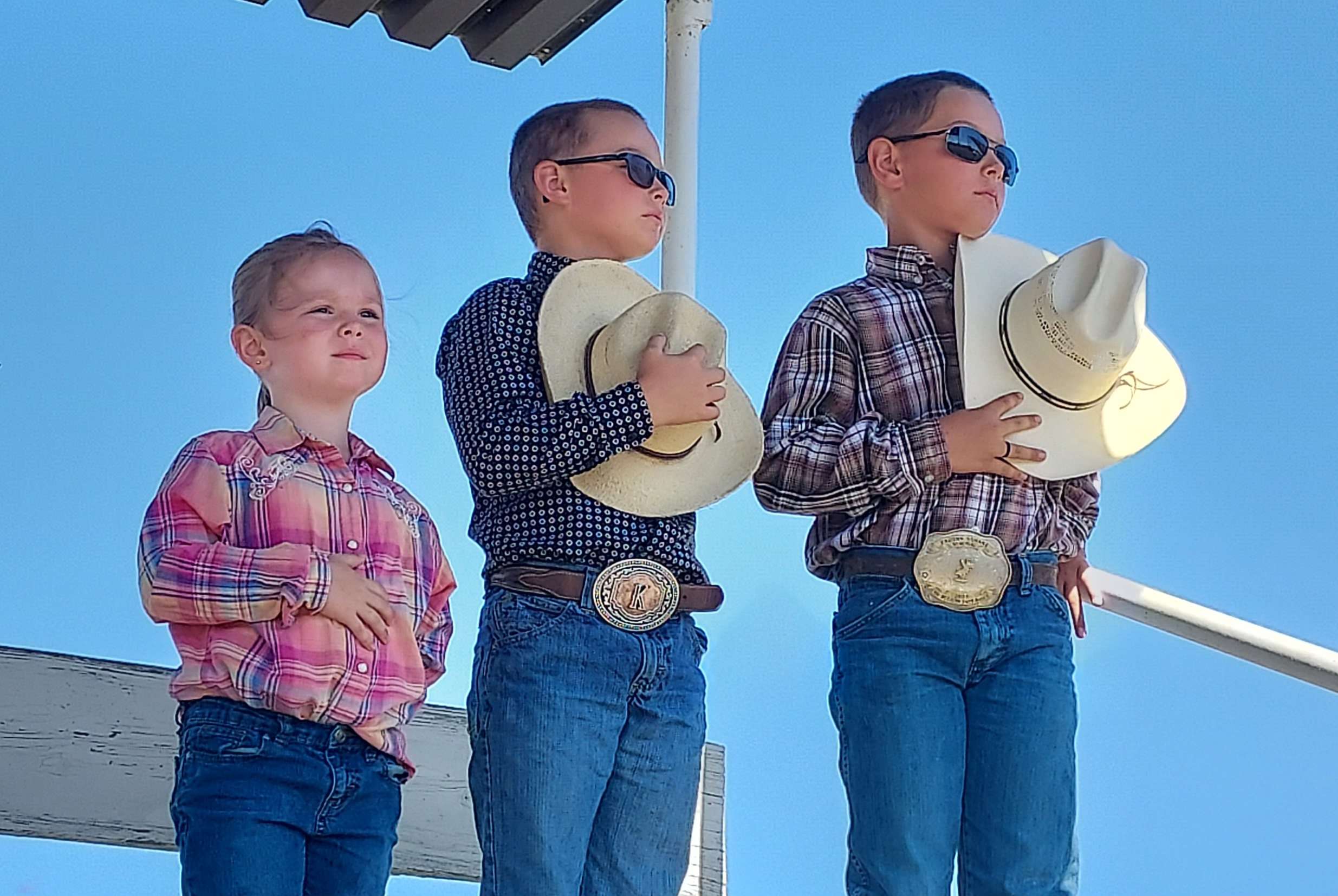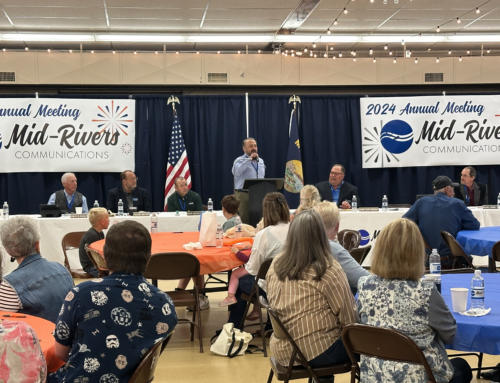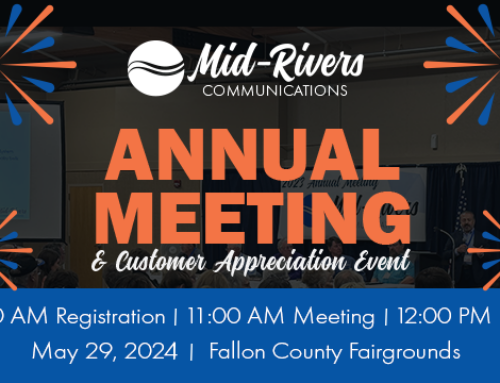On December 14, 2022, Governor Gianforte signed off on $309 million in emergency American Rescue Plan Act (ARPA) federal broadband grants in Montana. Known as the ConnectMT program, the grant process began last January with a rushed Montana Broadband Map. The ConnectMT ARPA Committee hurriedly established application and scoring guidelines to get the funds out the door quickly, as required by the Federal law under which it was awarded.
If you are a customer in the Mid-Rivers service area still waiting for broadband, maybe wondering why we didn’t get a chunk of this funding to get fiber to you sooner, here are a few things to know:
- None of the Mid-Rivers service area was eligible for any of this round of ARPA funding. While the rules may change for any future rounds, the 2022 program excluded our traditional rural service areas due to Federal support we already receive in those areas. The unserved portions of our competitive areas (the rural areas around Lewistown, Sidney, Glendive, Miles City, Fairview, and the Wibaux exchange) were ineligible due to RDOF dollars that had been committed to Starlink/SpaceX (which were later rescinded by the FCC).
- Even if we had been eligible, none of the areas we have left to serve have enough density – “bang for the buck” – to score competitively against the other applications received.
- Other co-ops around the state who applied experienced this same density problem, and very few received funding.
- $110 million of this money went to Charter for projects on the outskirts of Montana’s major urban centers.
- 65% of the grant money — nearly two-thirds — is going to projects in Montana’s eight most populous counties.
Mid-Rivers will keep diligently plugging away at bringing fiber to our unserved rural areas with the $13 million per year we will receive in existing Federal support programs through 2028, combined with your member capital. The FCC is expected to act on an “Enhanced” funding plan for companies like ours in 2023, which would offer larger annual support amounts and extend the timeframe for another six (6) years, in return for larger build-out obligations. Another $380 million in BEAD funding (Federal dollars) will also start being doled out in 2024-2025. We continue to watch all these programs for additional opportunities, understanding that all come with substantial strings attached.






